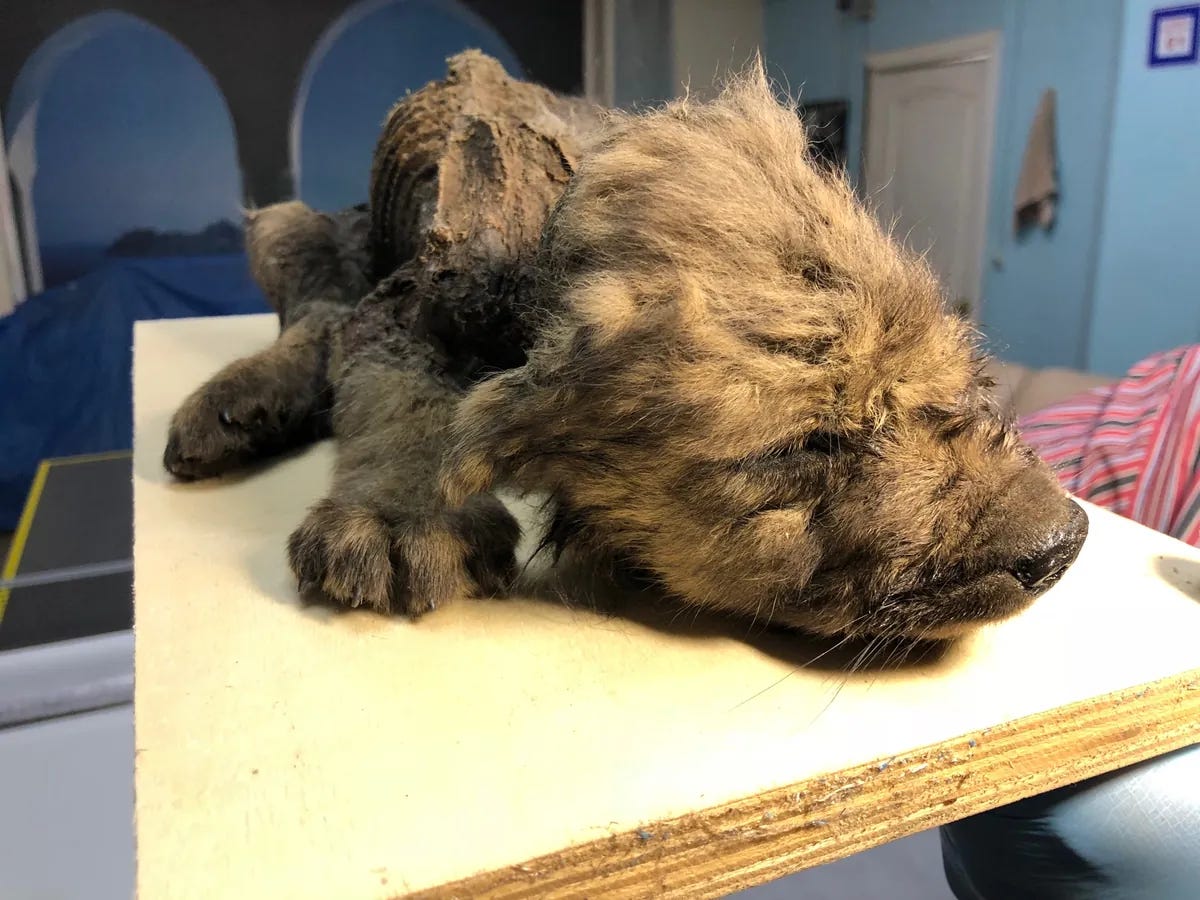The Origins of Canine Companionship: Insights from Ancient Wolf Populations
Manage episode 411134906 series 3444207
The evolution of dogs from their wild ancestors, the grey wolves, stands as one of the enduring mysteries of human prehistory. While the broad strokes of this transformation are understood—dogs emerged from wolves during the last Ice Age, roughly 15,000 years ago—the finer details, such as where and how this domestication occurred, continue to elude researchers.
Delving into Canine Ancestry
In a seminal study published 2022 in the prestigious journal Nature1, scientists embarked on a quest to unlock the secrets of dog domestication using a novel approach: analyzing the DNA of ancient wolves. This groundbreaking research shed new light on the intricate journey of our canine companions, revealing unexpected insights into their ancestry.
Dr. Anders Bergström, a co-first author and esteemed post-doctoral researcher at the Francis Crick Institute, shares,
"Our endeavor to reconstruct the evolutionary history of dogs led us to examine ancient wolf genomes on an unprecedented scale. Through this comprehensive analysis, we uncovered evidence pointing to the contribution of not one, but two distinct populations of ancient wolves to the genetic makeup of modern dogs."
Tracing Wolf Lineages
The study, conducted by an international consortium of geneticists and archaeologists, involved sequencing the genomes of 72 ancient wolves unearthed from various regions across Europe, Siberia, and North America. These ancient genomes were then compared with data from modern wolves and dogs spanning the past 100,000 years, creating a comprehensive dataset for analysis.

What emerged from this exhaustive genetic investigation was a nuanced picture of canine ancestry. While early dogs from diverse regions—Siberia, the Americas, East Asia, and Europe—shared a common genetic heritage with an eastern Eurasian wolf species, those from the Middle East, Africa, and southern Europe exhibited additional genetic contributions from a separate population related to modern southwest Eurasian wolves.
Insights into Evolutionary Dynamics
Beyond unraveling the tangled threads of canine ancestry, the study offered a unique opportunity to observe natural selection in action over millennia. Dr. Pontus Skoglund, senior author and esteemed group leader of the Ancient Genomics lab at the Francis Crick Institute, remarks,
"Our research represents a landmark in tracking the evolutionary trajectory of a large animal species over an extensive period, providing unparalleled insights into the dynamic interplay between genetic variation and environmental pressures."
Of particular interest was the rapid dissemination of mutations in the IFT88 gene, implicated in bone development in the skull and jaw. These mutations, which likely conferred adaptive advantages for hunting in the harsh conditions of the Ice Age, spread rapidly through the wolf population over a span of 10,000 years, shaping the anatomical features of wolves and, eventually, dogs.
Unraveling the Enigma of Domestication
As researchers continue to delve deeper into the ancient genomes of wolves, their quest to uncover the precise origins and mechanisms of dog domestication persists. By expanding their analysis to include genomes from additional geographic regions, particularly those not covered in the initial study, they hope to glean further insights into the complex mosaic of human-canine coevolution and shed light on the enduring bond between humans and their oldest companions.
Bergström, A., Stanton, D. W. G., Taron, U. H., Frantz, L., Sinding, M.-H. S., Ersmark, E., Pfrengle, S., Cassatt-Johnstone, M., Lebrasseur, O., Girdland-Flink, L., Fernandes, D. M., Ollivier, M., Speidel, L., Gopalakrishnan, S., Westbury, M. V., Ramos-Madrigal, J., Feuerborn, T. R., Reiter, E., Gretzinger, J., … Skoglund, P. (2022). Grey wolf genomic history reveals a dual ancestry of dogs. Nature, 607(7918), 313–320. https://doi.org/10.1038/s41586-022-04824-9
9 episoder




